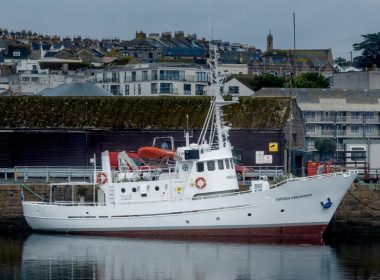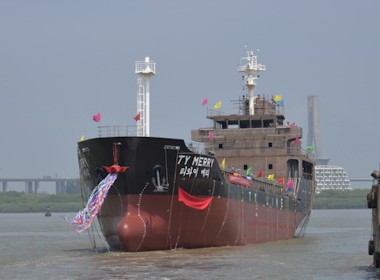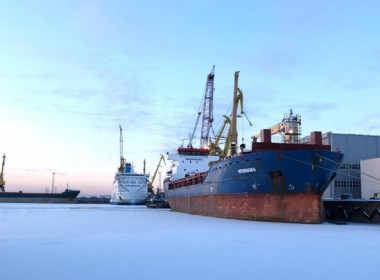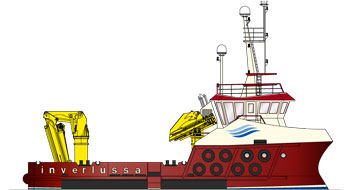VESSEL REFIT | Ernst Kramer – German inland cargo ship upgraded with remote operating capability

A cargo vessel has been refitted with systems that will allow it to be remotely operated as part of a broader project seeking to introduce a fleet of such ships in Germany’s inland waters.
To prove the viability of the concept, a project group consisting of navigation technology company Argonics, the Development Centre for Ship Technology and Transport Systems, the University of Duisburg-Essen, and RWTH Aachen University established the FernBin research project. The group then selected Ernst Kramer, a shallow-draught inland cargo vessel originally built in 1974 and now operated by local freight forwarder Rhenus Partnership, as a testbed.
The 104.97- by 9.5-metre Ernst Kramer is now fitted with a remote control system that will allow a human operator to navigate the vessel from a shore station with the aid of onboard cameras, LIDAR, GNSS antennas, and other essential communications technology capable of fast, secure, and redundant transmission of large amounts of data.
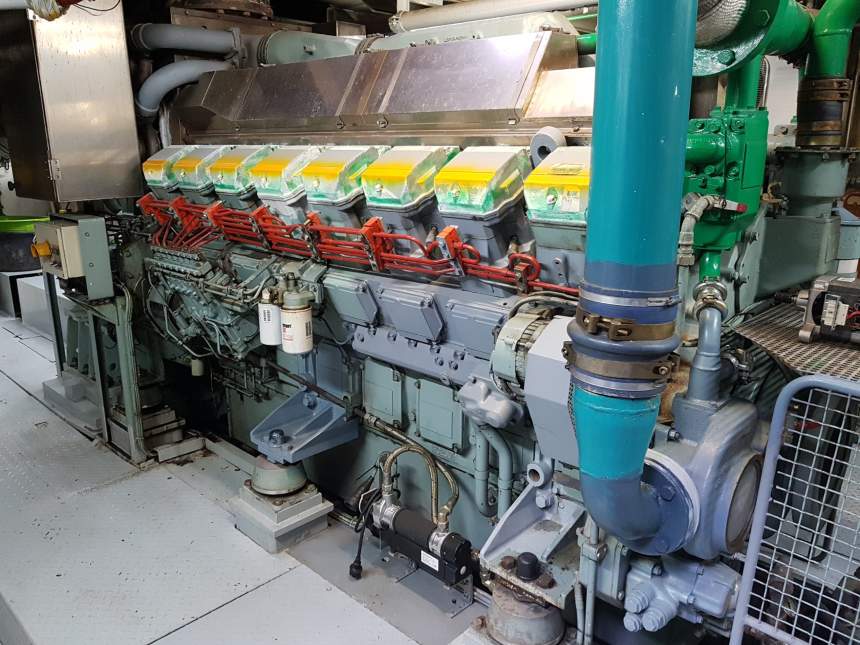
The project also entailed the installation of systems that will allow all onboard navigation and control data to be transmitted, including the operating data of the engine and rudder systems as well as the two radar systems, the electronic chart display, and AIS. All these data are processed in real time at the shore control station and displayed to the human operator via various monitors. For this purpose, the remote control station is designed to be similar in layout to an actual ship’s bridge complete with throttles and other levers for operating the rudders.
The other displays and controls are available in the form of touchscreens, which allows free configurability. The same control station may therefore also be used to operate other ships fitted with remote navigation systems similar to those on Ernst Kramer.
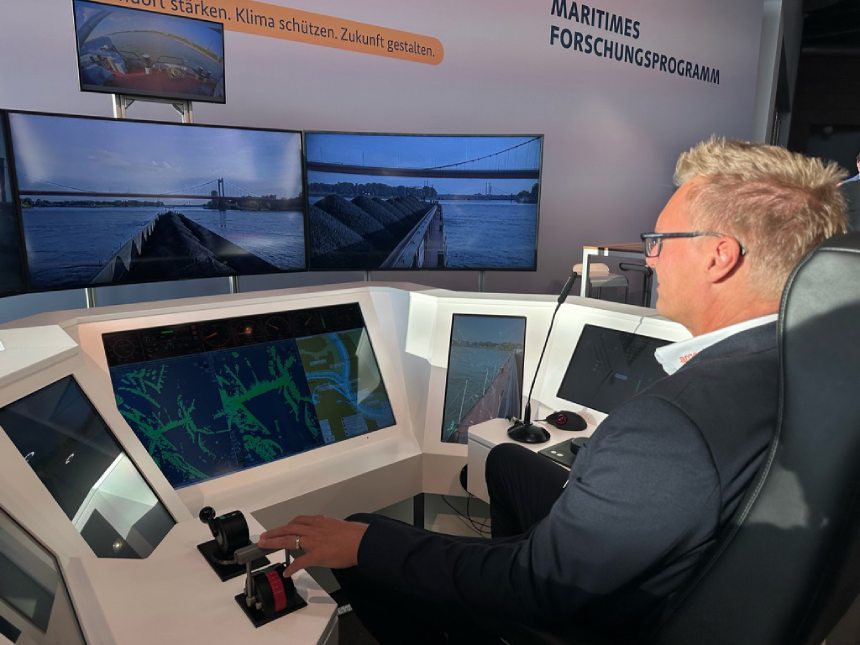
The viability of the concept was proven recently at the National Maritime Conference held in Bremen from September 14 to 15. During the two-day exhibition, Ernst Kramer was remotely controlled from Bremen, demonstrating that the technology can function uninterrupted over longer periods of time. Two operators at the conference navigated the ship via the shore control station installed at the conference venue, though a single crewmember was also embarked on the vessel itself during the demonstration period as a safety precaution.
In addition to the facilities for remote monitoring and remote intervention, the FernBin consortium developed other technologies for assisted navigation. These include systems for traffic forecasting that indicate imminent ship encounters and critical situations, collision warning systems, systems that can automatically calculate evasive manoeuvres, and a system that informs the operator about possible alternative courses of action.
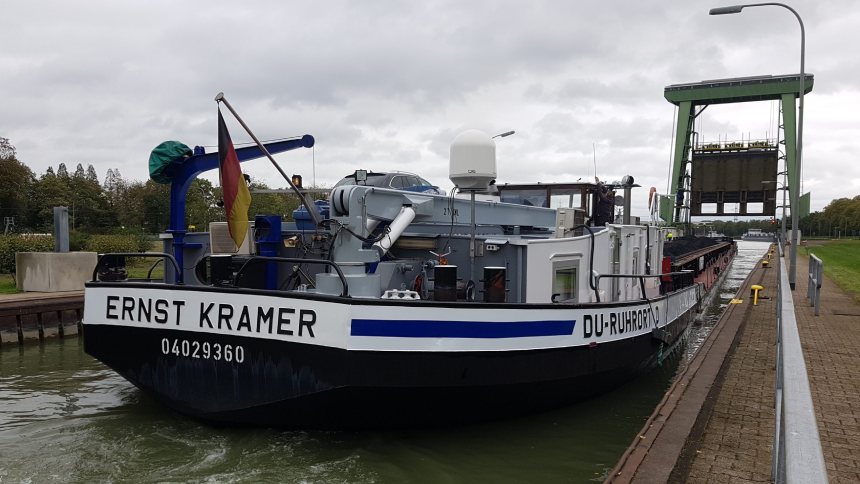
| Ernst Kramer | |
| SPECIFICATIONS | |
| Type of vessel: | Inland cargo vessel/autonomous technology demonstrator |
| Flag: | Germany |
| Owner: | Rhenus Partnership, Germany |
| Length overall: | 104.97 metres |
| Beam: | 9.5 metres |
| Other electronics: | FernBin; Argonics; LIDAR; GNSS |



